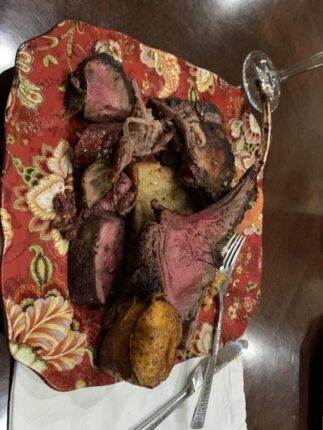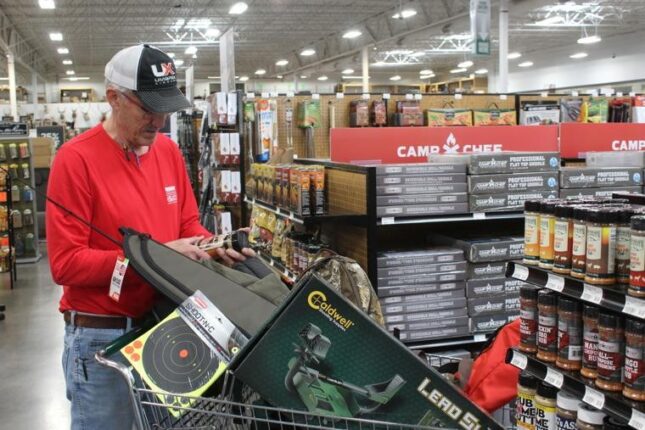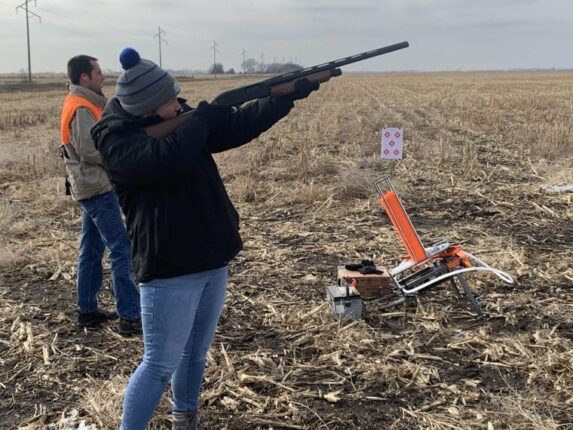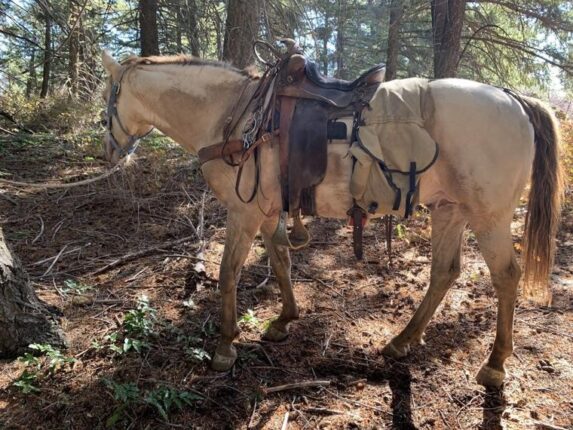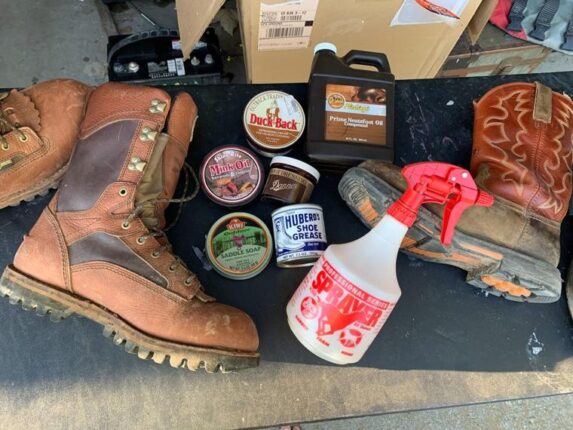A lot of you are done hunting for the season but before you move on to ice fishing, drinking lattes or whatever you do until spring bear season hits, don’t forget to properly clean your rifle before you throw it in the gun safe.
If you properly clean your rifle it will last for generations, if not, you can destroy it in one year. Let me give you a good example of a bad example. One time I grabbed my 12-year-old nephew to take him deer hunting. We pulled his older brother’s rifle out of the closet for him to use. It WAS a nice rifle. But, the year before, the big brother had thrown it in the back of his truck in a hard case for the six-hour drive home through a pounding rain.
A year later when we pulled it out it was rusted up like a 125-year-old pirate ship on the bottom of the ocean. A top-notch rifle rusted up. OK, this may be a drastic example but you get my drift. Clean your rifle before you store it.
Here’s another reason to properly clean your rifle. If you aren’t able to obtain good groups, cleaning the fouling out of the barrel may help. I just got an Anderson Mfg. AR 5.56 and am tricking it out for the upcoming varmint season. I put on some Bowden Tactical after-market parts, a Riton Optics scope and got some good Nosler ammo. But that is all in vain if I don’t properly clean the rifle.
So how do you properly clean your rifle? Don’t be like my old buddy Roy that said you don’t have to clean smokeless rifles. And on the other extreme is my buddy Troy that goes over the top. I’m somewhat in the middle.
To begin, you’ll want to run a swab down the barrel soaked with a solvent. Years ago, everyone used Sweets 7.62 Solvent. Then there started leaking out rumors that if you didn’t properly remove all of the Sweets 7.62 that it could eat up your rifling. A buddy recommended that I switch to using Barnes CR-10.
After you run the swab down your barrel with the solvent then attach a cleaning brush (that matches the caliber of your rifle) and run it up and down your barrel to break loose the fouling. Then run a patch down the barrel to remove the fouling. Repeat until the patch comes out clean.
After you are done, I run a few patches soaked with Otis gun cleaning oil down the barrel to ensure that all of the solvent is removed and to oil the barrel so it doesn’t rust. The first shot after cleaning your gun won’t group as well so most serious shooters shoot one shot and then shoot their group.
If you’re cleaning a bolt action rifle, you’ll want to use a bore guide. Remove the bolt and slide in the bore guide and run the rod down the barrel from the back end. Here’s why. The last spot that the bullet touches before leaving the rifle is the crown. You don’t want to ding up the crown or it will harm your accuracy. That’s why rifles have recessed crowns to protect them. Of course on a semi auto you have no choice but to enter through the end of the barrel. And if you use a graphite or aluminum cleaning rod it shouldn’t matter. Don’t use a stainless-steel rod or you may harm your rifle.
Also clean the breach. I found something cool to help on this task. It’s called a Swab-Its which resembles an ear swab except that it has a foam tip. They offer various sizes. These are the best tools that I’ve found to clean tight to reach spots on my guns.
And, lastly, run an oiled patch over the outside of the rifle to put a thin layer of oil on it to protect the surface. You don’t have to soak it. Your rifle should now be good to store for the winter unless you’re like me and it is now varmint season. Off we go again!
Tools to help
Use a graphite or aluminum cleaning rod so you don’t damage your barrel. I just got a Real Avid graphite rod that I like.
As a kid I piled a stack of blankets on the kitchen table to hold my rifle for cleaning. It simplifies things to use a portable gun cleaning station which is a plastic box with forks on each end to hold your rifle steady while cleaning. It also has room to hold all of your cleaning supplies so they don’t get misplaced.
Use good gun oils. As far as I know Otis makes the best.
Merry Christmas!
Tom Claycomb lives in Idaho and has outdoors columns in newspapers in Alaska, Idaho, Utah, Nevada, Colorado and Louisiana. He also writes for various outdoors magazines and teaches outdoors seminars at stores like Cabela’s, Sportsman’s Warehouse and Bass Pro Shop. He can be reached via email at smileya7@aol.com.
